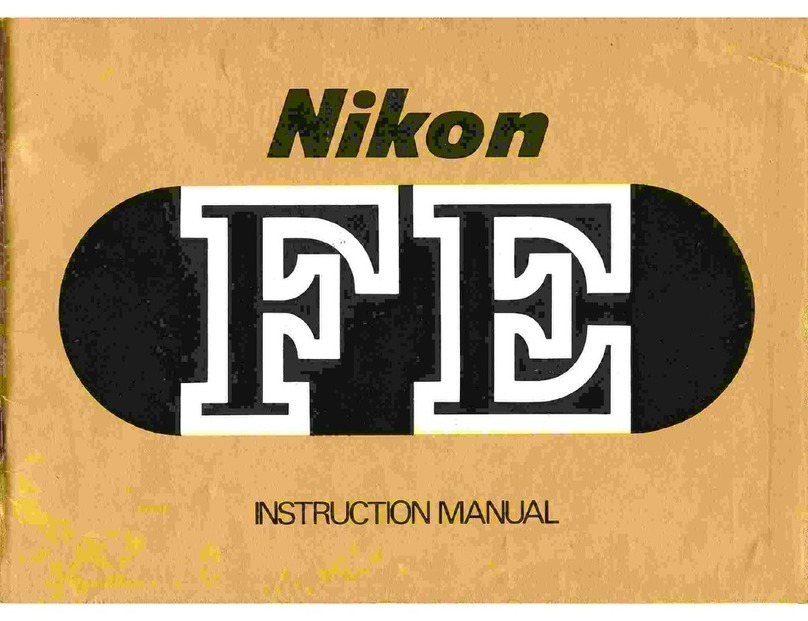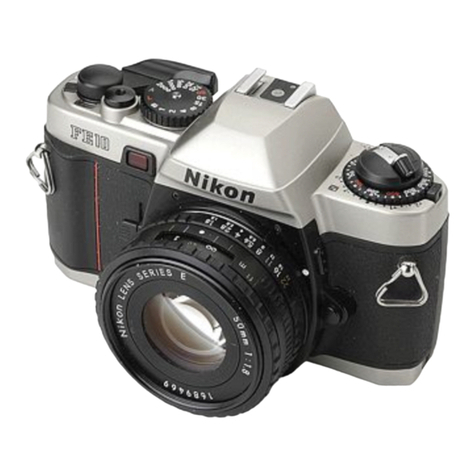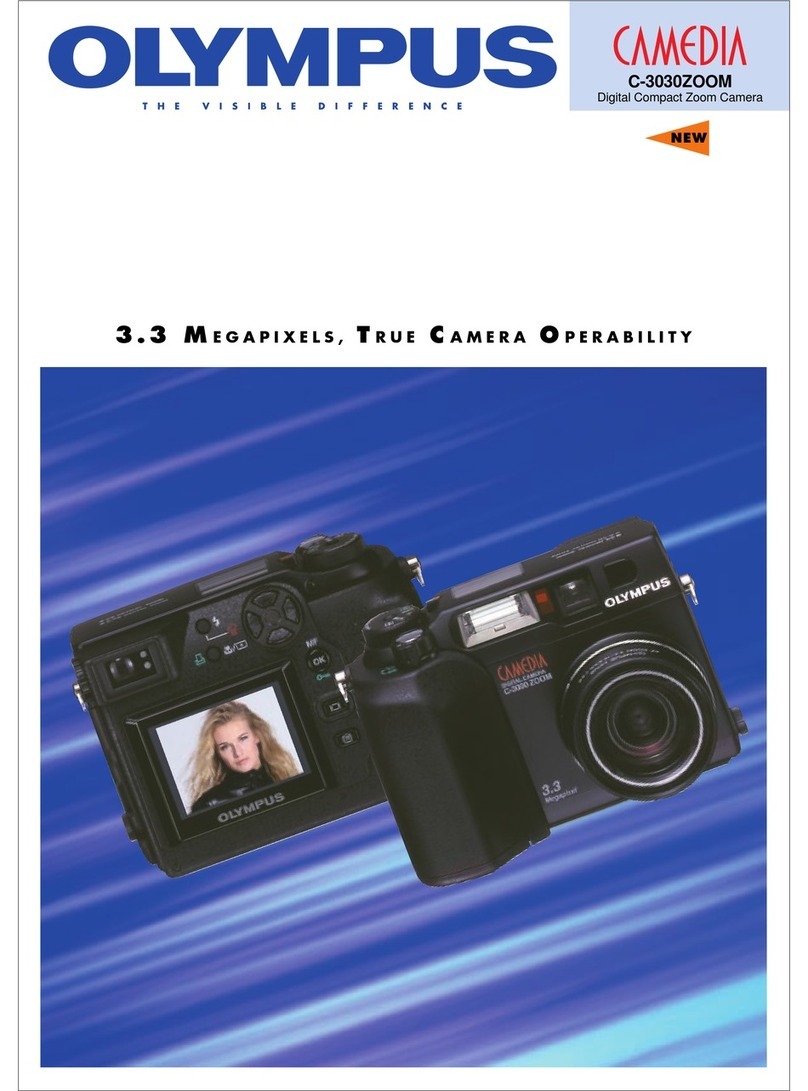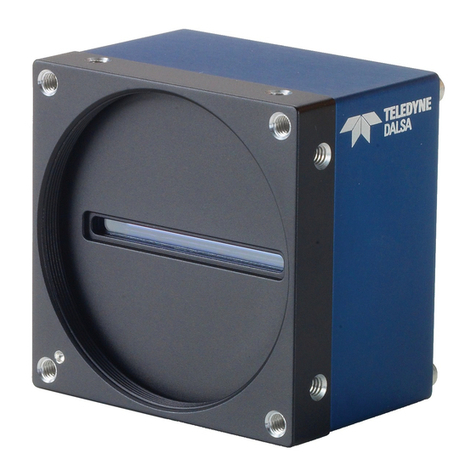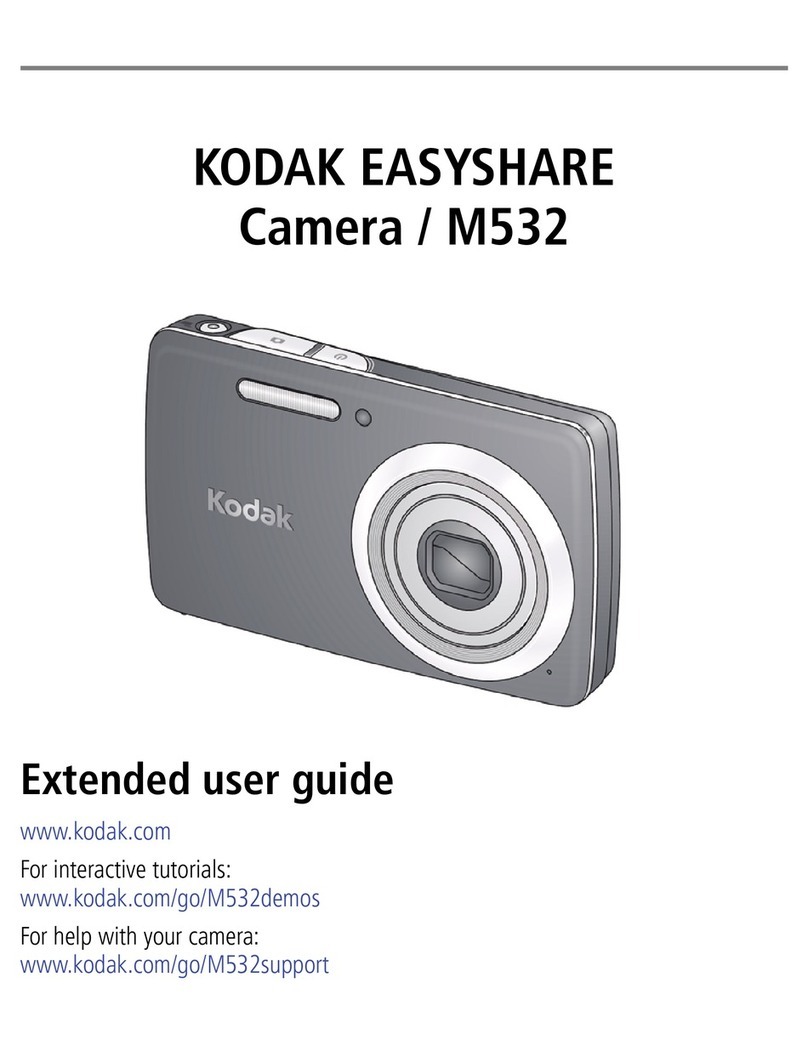Nikon F Photomic-T User manual
Other Nikon Digital Camera manuals
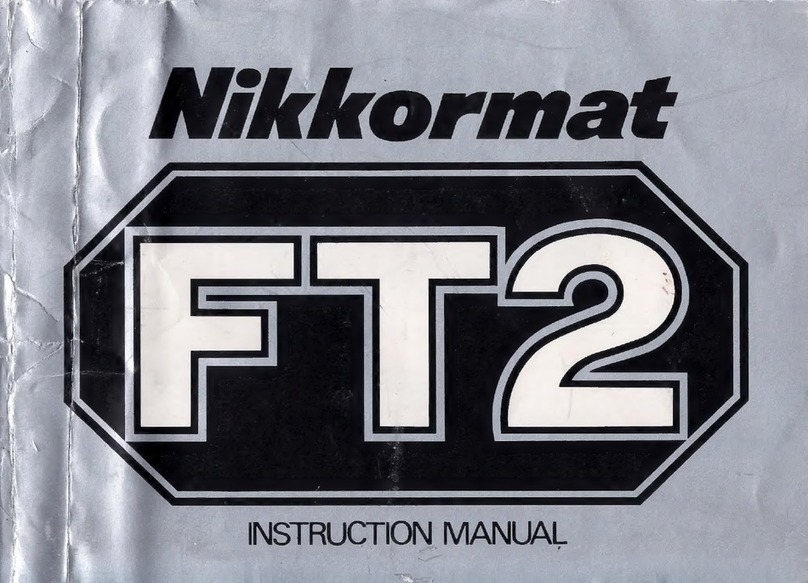
Nikon
Nikon Nikkormat FT2 User manual

Nikon
Nikon D3body - D3 Body 12mp FX Digital SLR Camera User guide
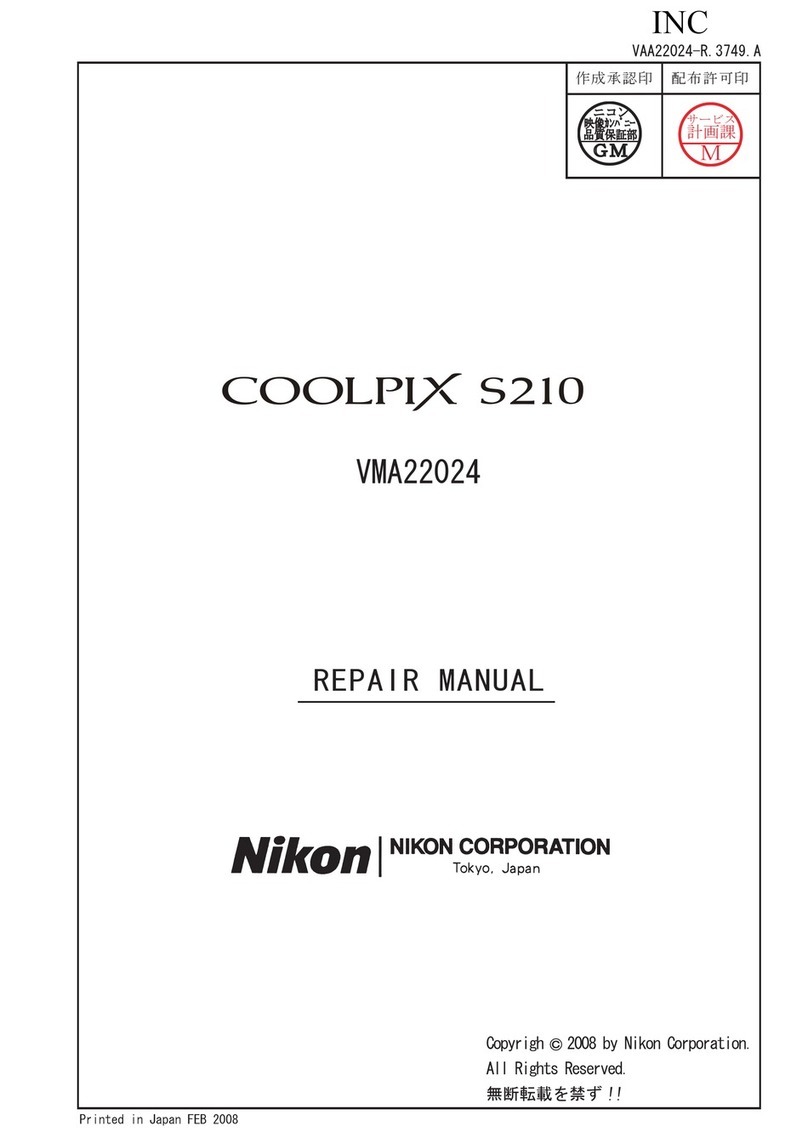
Nikon
Nikon Coolpix S210 Operating instructions
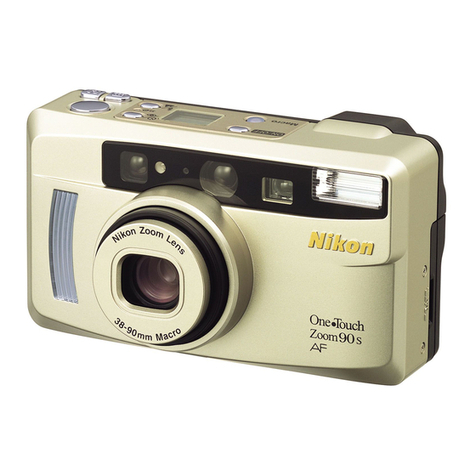
Nikon
Nikon One-Touch Zoom 90s One-Touch Zoom 90s AF Quartz... User manual
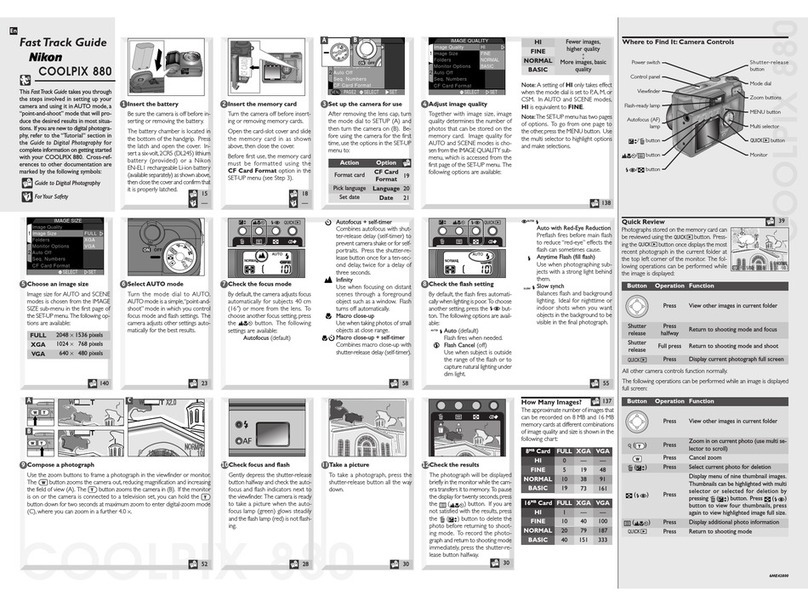
Nikon
Nikon Coolpix 880 User manual

Nikon
Nikon D50 User manual
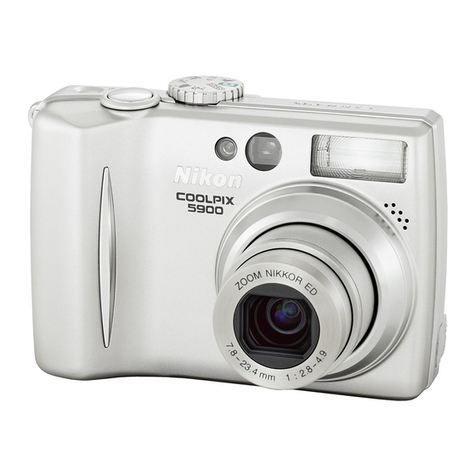
Nikon
Nikon Coolpix 5900 User manual
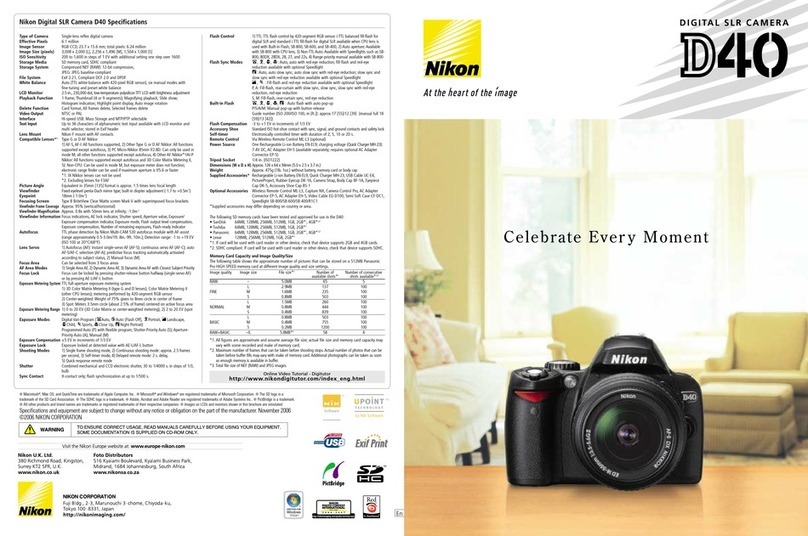
Nikon
Nikon 9419 User manual
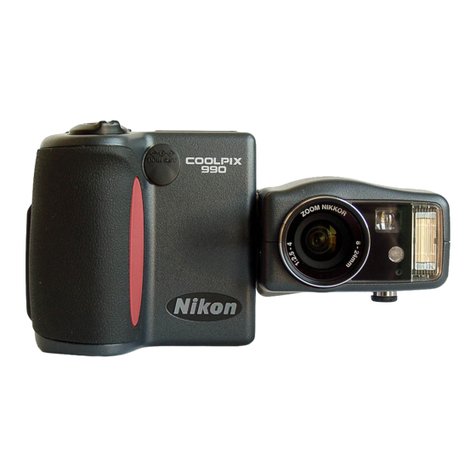
Nikon
Nikon Coolpix 990 User manual

Nikon
Nikon Speedlight SB-700 User manual
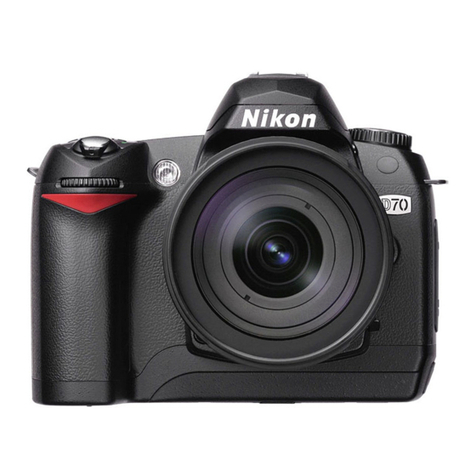
Nikon
Nikon D70 User manual
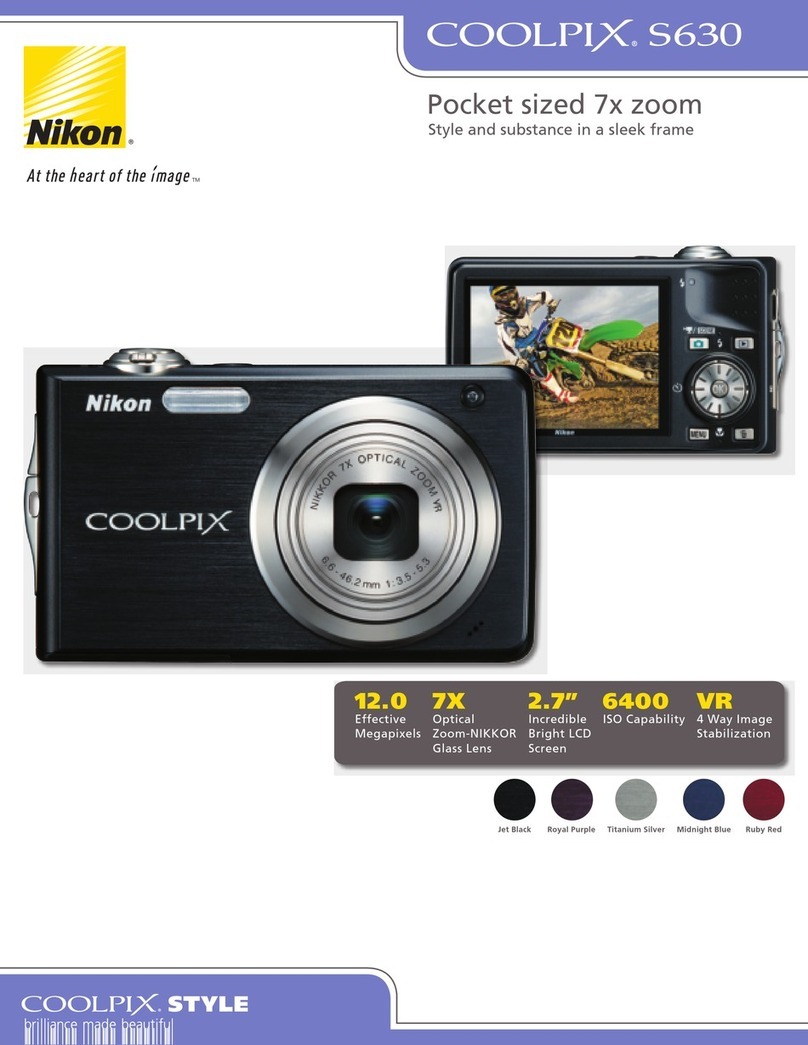
Nikon
Nikon Coolpix S630 User manual
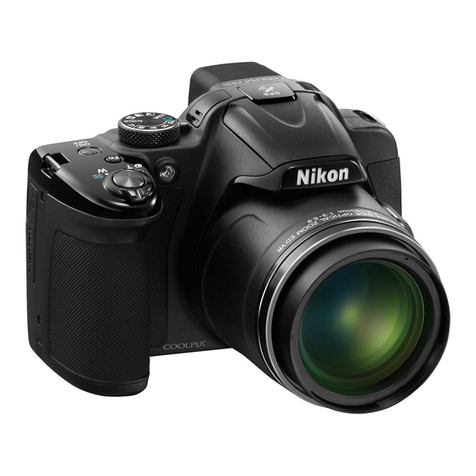
Nikon
Nikon COOLPIX P520 User manual
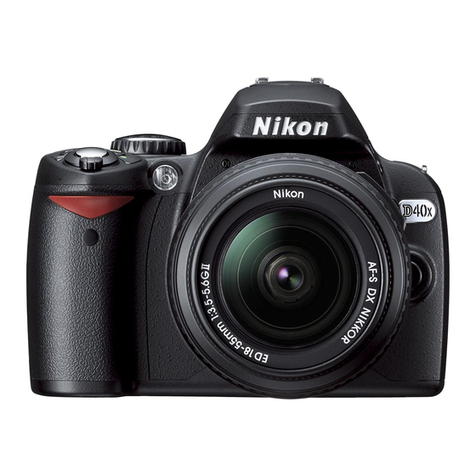
Nikon
Nikon D40X User manual
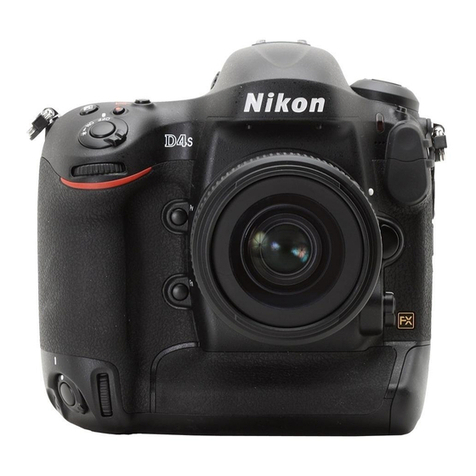
Nikon
Nikon D4s User manual

Nikon
Nikon D7100 User manual
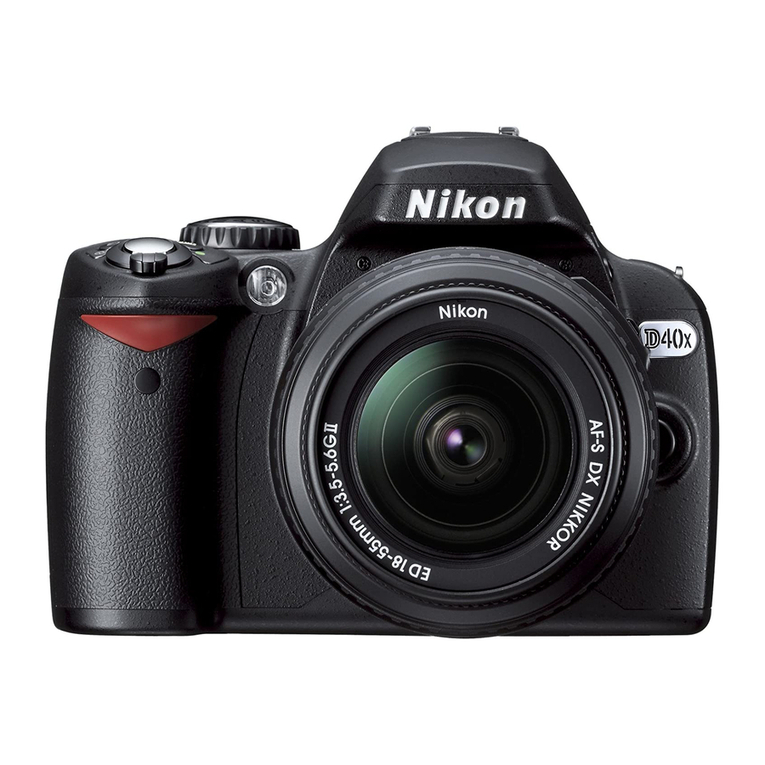
Nikon
Nikon D40X User manual
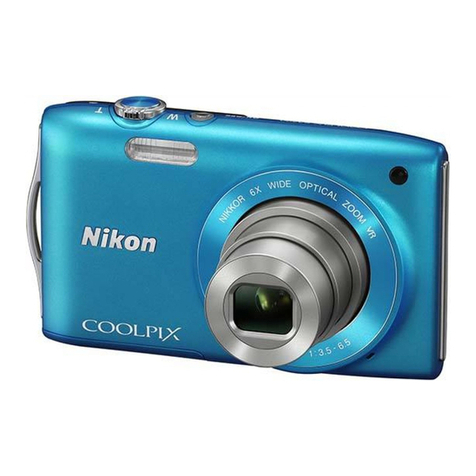
Nikon
Nikon CoolPix S3300 User manual
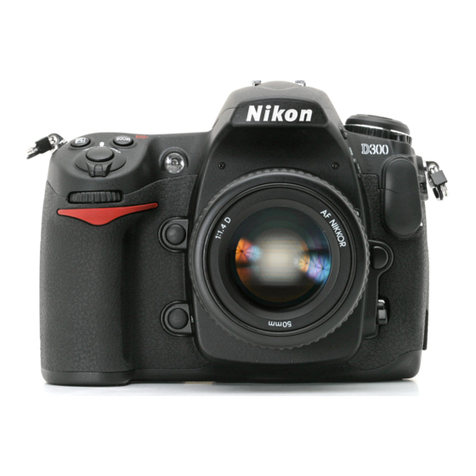
Nikon
Nikon D300 User manual
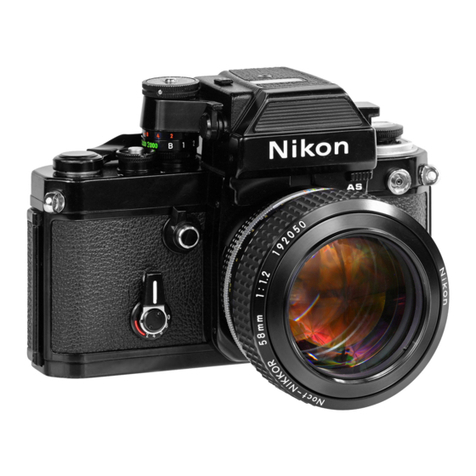
Nikon
Nikon F2AS PHOTOMIC User manual


